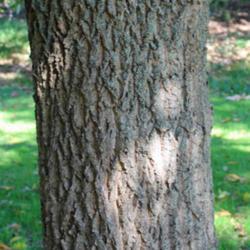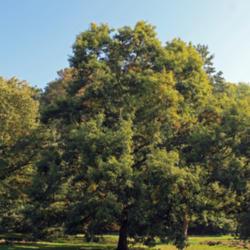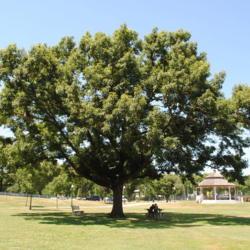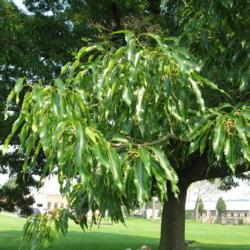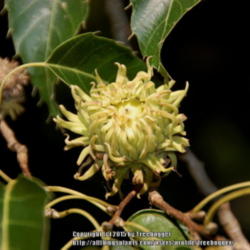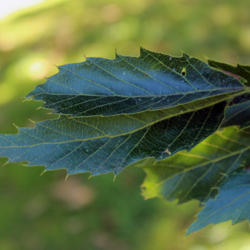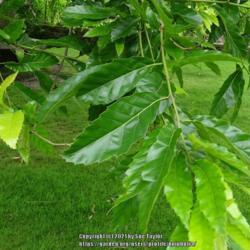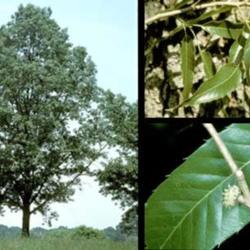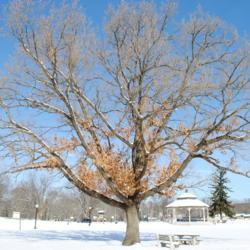| Plant Habit: | Tree |
| Life cycle: | Perennial |
| Sun Requirements: | Full Sun |
| Water Preferences: | Mesic |
| Minimum cold hardiness: | Zone 5b -26.1 °C (-15 °F) to -23.3 °C (-10 °F) |
| Maximum recommended zone: | Zone 9b |
| Plant Height: | 40 - 60 feet |
| Plant Spread: | 40 - 50 feet |
| Leaves: | Unusual foliage color Deciduous |
| Fruit: | Edible to birds |
| Fruiting Time: | Late summer or early fall |
| Flowers: | Inconspicuous |
| Bloom Size: | Under 1" |
| Flower Time: | Spring |
| Uses: | Shade Tree |
| Edible Parts: | Fruit |
| Dynamic Accumulator: | K (Potassium) |
| Wildlife Attractant: | Birds |
| Resistances: | Humidity tolerant Drought tolerant |
| Propagation: Seeds: | Seeds are hydrophilic |
| Pollinators: | Wind |
| Miscellaneous: | Monoecious |
